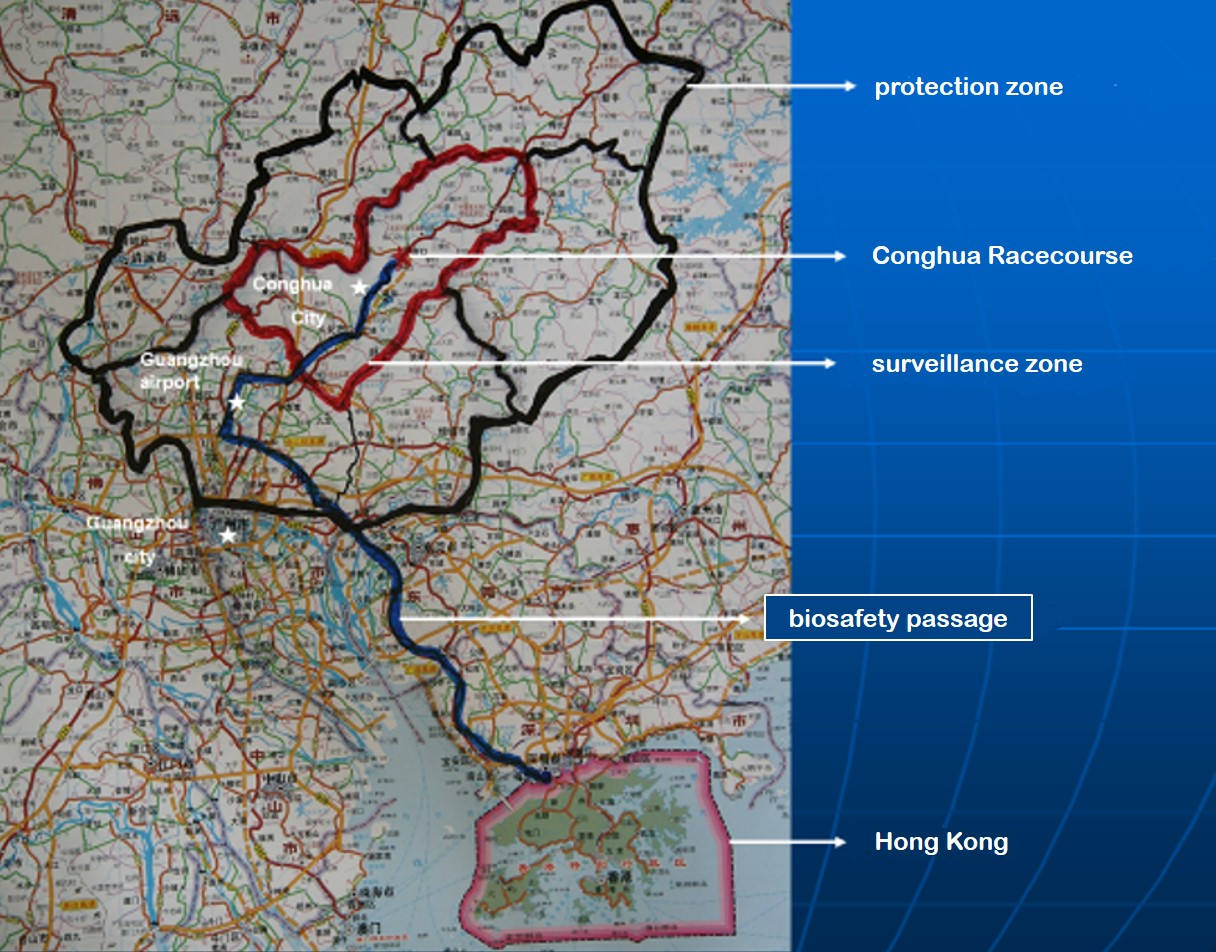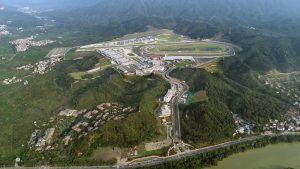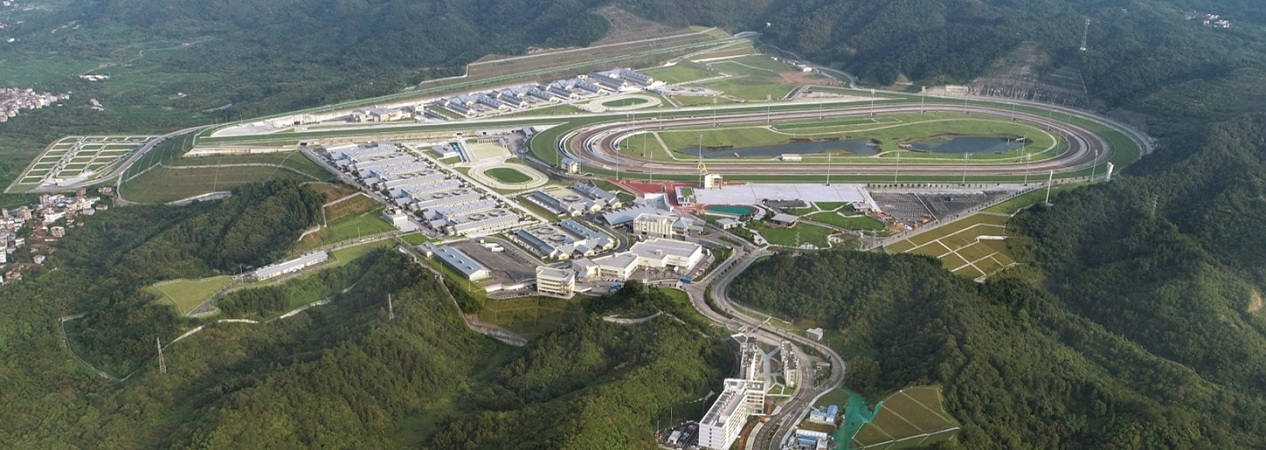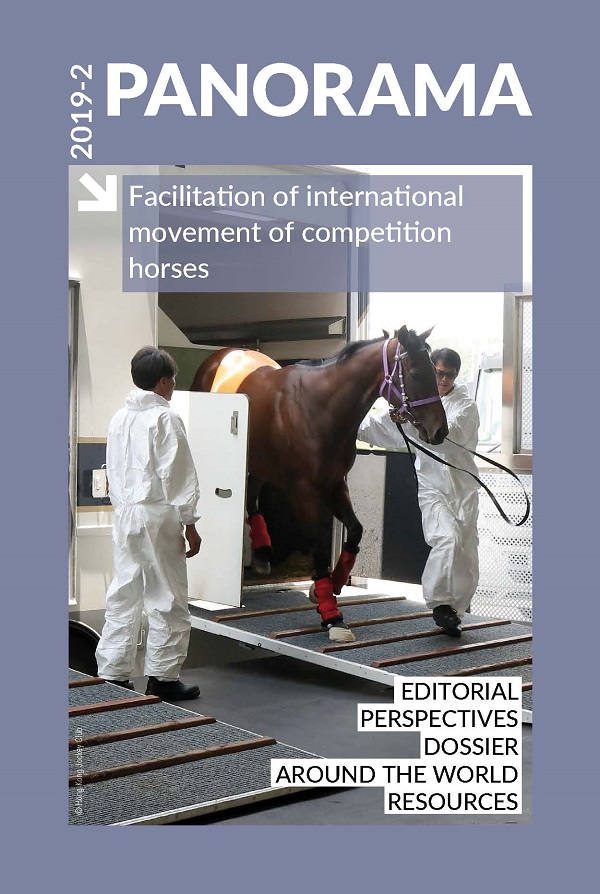Around the world Posted on 2019-11-27 15:19:11
Success stories
Long-term, equine-disease-free zone (EDFZ) in Guangzhou, the People’s Republic of China
Keywords
Authors
Kenneth Lam(1)* & Brian Stewart(1)
(1) Hong Kong Jockey Club, Hong Kong Special Administrative Region of the People’s Republic of China.
* Corresponding author: kenneth.kh.lam@hkjc.org.hk
The designations and denominations employed and the presentation of the material in this article do not imply the expression of any opinion whatsoever on the part of the OIE concerning the legal status of any country, territory, city or area or of its authorities, or concerning the delimitation of its frontiers and boundaries.
The views expressed in this article are solely the responsibility of the author(s). The mention of specific companies or products of manufacturers, whether or not these have been patented, does not imply that these have been endorsed or recommended by the OIE in preference to others of a similar nature that are not mentioned.
The long-term EDFZ has been in place since August 2018. In 2018, the European Commission included this EDFZ in its list of ‘third countries’.
To support effective biosecurity, and based on the geographical and functional densities of human and animal populations (equines, pigs and ruminants) in the area, the EDFZ comprises a core zone with a radius of 5 km and a surveillance zone. The core zone consists of the enclosed Conghua Racecourse site. The surveillance zone comprises all the administrative divisions of Conghua City, except the core zone. Surrounding the EDFZ is a protection zone that includes the 18 surrounding districts of Guangzhou City.

Conghua Racecourse inside the core zone is fully fenced off to prevent unauthorised entry or wildlife intrusions. Natural geographical features, including mountains, a river and hilly terrain, provide a high level of isolation. No horses are allowed into the core zone (except Conghua Racecourse).
The surveillance zone occupies an area of 2,009 km², and no equids are allowed in this zone. The protection zone has a limited number of horses, whose locations are known and registered. In the surveillance and protection zones, holdings that have pigs and ruminants are registered by the local Veterinary Authorities.

Understanding the movements of animals and animal products and being able to control them efficiently are essential to effective biosecurity. The movements of domestic equids, other animals and biological materials are only allowed into the EDFZ by permit and are subject to quarantine requirements. Quarantine requirements for Hong Kong racehorses travelling across the border have been jointly defined by the Hong Kong Agriculture, Fisheries and Conservation Department and mainland authorities, including the PRC Customs Department and Ministry of Agriculture and Rural Affairs. Signage, three quarantine checkpoint controls and random monitoring to prevent unauthorised entry into the core zone support these requirements.
The long-term implementation of the EDFZ includes continuing to carry out biosecurity measures and close population management at Conghua Racecourse, in addition to compliance with the relevant quarantine requirements. Strict regulations and the monitoring of equine transportation are also enforced. Under this arrangement, horses do not need to be isolated in quarantine and can go directly to races or exercise upon arriving in Hong Kong from the EDFZ.
In addition, Hong Kong and mainland PRC have set up a strong collaboration mechanism and shared information system to record equine inspections and quarantine. The information system, in particular, facilitates the exchange of information on horse registration, entry and exit records, disease control, health certification, and more. A liaison mechanism has also been established to notify the other partner of the occurrence of equine disease and provide the quarantine records of racehorses transported to other countries.
Racehorses are moved between Hong Kong and the EDFZ by direct transfer, via a biosafety highway that connects the Hong Kong border with an equine exclusion zone corridor of 1 km on either side.
https://doi.org/10.20506/bull.2019.2.2981












